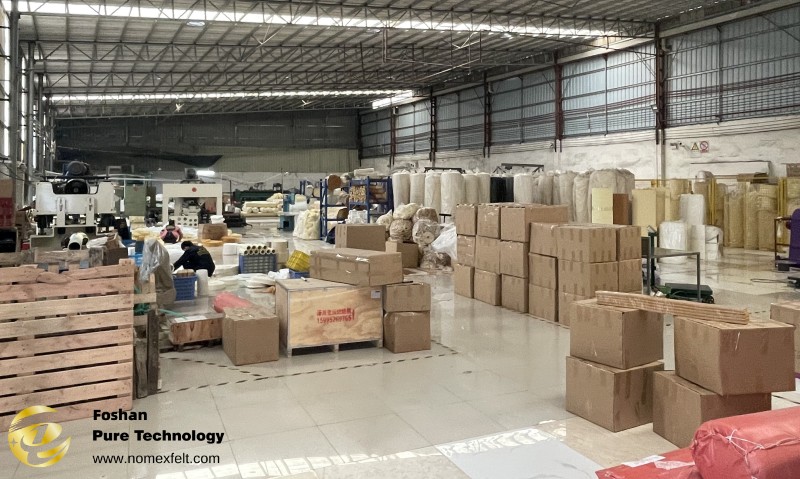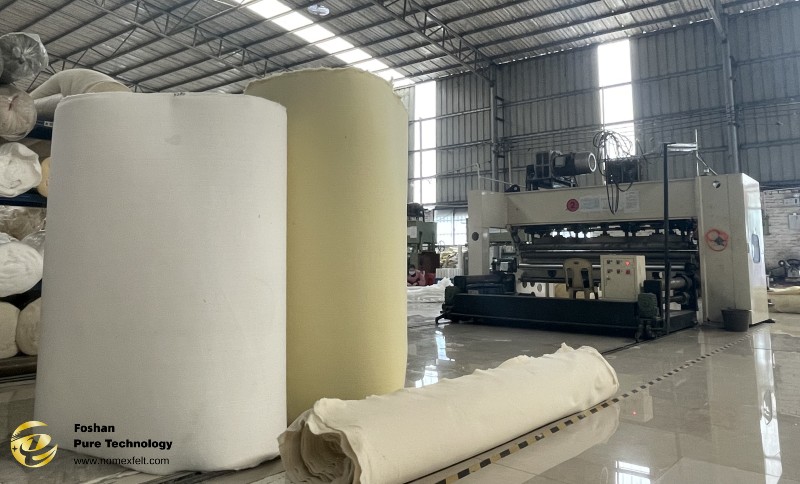Heat transfer printing is a widely used technique in the textile industry to apply intricate designs, logos, and patterns onto fabrics. The success of this process depends on various factors, including the choice of materials. One such critical material is the Nomex blanket, which is pivotal in achieving high-quality prints. In this article, we delve into the specifics of Nomex blankets and explore how they enhance heat transfer printing.
Nomex blankets are specialized textiles made from aramid fibers. These fibers exhibit exceptional properties, making Nomex blankets ideal for heat-intensive applications. Here’s what you need to know about them:

Nomex blanket serves several crucial functions in the heat transfer printing process:
Uniform Heat Distribution:
Enhanced Print Quality:
Let’s explore the advantages of incorporating Nomex blankets in your heat transfer printing workflow:
Efficient Heat Transfer:
Dimensional Stability:
Longevity:
Safety:

Let’s look at real-world examples where Nomex blanket have made a difference:
To maximize the benefits of Nomex blanket, follow these maintenance guidelines:
Cleaning:
Storage:
Replacement:
Nomex blanket are unsung heroes in the textile industry, silently ensuring precise and vibrant heat transfer prints. As technology evolves, so will Nomex, continuing to shape the future of heat transfer printing.
Remember, the next time you admire a beautifully printed fabric, there’s a good chance Nomex played a crucial role behind the scenes.
I hope they will be helpful to you. If you have any other questions, please feel free to communicate with me at any time.
If you have any questions, you can also watch our Facebook website:www.facebook.com/nomexfelt
As we know, Heat Transfer Printing Felt is suitable for fabrics, decorative fabrics, curtains, le...
Read Safety Rules for Laundry Management to be a qualified manager. PARTⅠ Laundry room Safety Gen...
The extrusion machine is the leading equipment for the production of aluminum profiles. The quali...
Heat transfer printing is a contemporary printing process in the clothing market. It prints the p...
In the textile industry, felt is only a small part but important. About how to choose felt that i...
Foshan Pure Technology Company., Ltd. helps conveyor belt manufacturers source equipment to metal...
Nomex, an intermediate aramid, also known as aramid 1313. It is characterized by good heat resist...
In the 1960s, the Dupont developed a kind of aramid composite material, it is Kevlar. It has very...